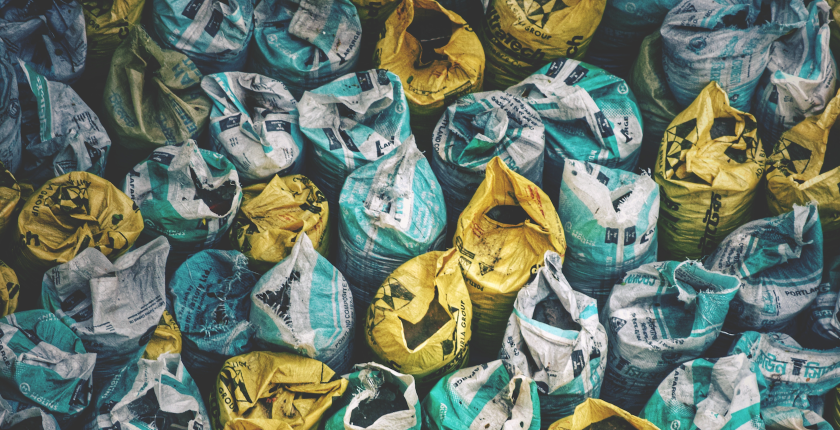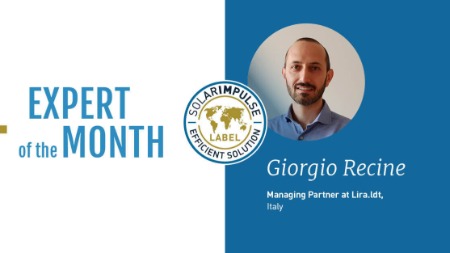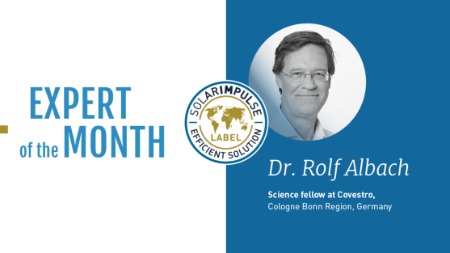Technical Article - February 21, 2020
Waste Classification: A Necessity to Determine Disposal Methods


Written by Expert: Philip Kyeremanteng 5 min read
Classifying waste is a very important exercise for any waste producer willing to comply with their legal duty of care and to avoid potential fines.
Despite the best effort to manage resources efficiently and sustainably, it is still possible to produce waste that must be disposed. In this sense, it is important to define whether your waste is hazardous or not in legal terms. The producer has a duty of care to manage the waste in line with legislation.
According to the EU Waste Framework Directive, waste is defined as any material which has been discarded by the owner. It can be hazardous or non-hazardous.
Hazardous waste (e.g., residue of toxic chemical in a container) present environmental and human risks, thus being under stricter regulation when compared to non-hazardous waste. However, a simple risk-based definition is not sufficient for an appropriated waste classification. For instance, waste such as broken glass or uncontaminated sharps, which pose safety risk to society, are not hazardous according to legislation. For such reason, prior to starting the classification process, it is really necessary to know the waste examples of hazardous waste:
- Asbestos containing material (ACM)
- Waste agrochemicals
- Fluorescent light tubes
- Waste Electrical and Electronic Equipment (WEEE)
- Waste engine oils
- Cleaning or DIY products (e.g. bleach),
- Infectious clinical waste
Moreover, waste is classified as hazardous or not if it contains one or more of the 15 Hazardous Properties (HPs) listed in the directive.
- HP1Explosive
- HP2Oxidising
- HP3Flammable
- HP4Irritant
- HP5Specific target organ toxicity (STOT) and aspiration hazard
- HP6Acute toxicity
- HP7Carcinogenic
- HP8Corrosive
- HP9Infectious
- HP10Reprotoxic
- HP11Mutagenic
- HP12Releases toxic gases
- HP13Sensitising
- HP14Ecotoxic
- HP15After disposal, produces a hazardous leachate, etc
This suite forms the base of any waste classification. These are key contaminants without which no classification would be complete. More contaminants can be added depending on the site, its history or any other suspected contaminants that may be present on the same.
After the waste has been classified as hazardous or not, then an appropriate disposal method can be determined, and WAC testing may be needed to send the waste to landfill site. Any waste going to landfill requires to meet the waste acceptance criteria (WAC) established under the EU Landfill Directive. These criteria primarily relate to the presence of hazardous substances which might leach out in landfill. If the leaching of hazardous substances in a laboratory test exceeds the definite threshold levels, the waste will not be acceptable for landfill and some alternative treatment or disposal method must be found. Although a landfill site may have a permit to take hazardous waste, it cannot accept a waste stream which does not meet the “hazardous WAC”.
The WAC for hazardous waste landfill is very detailed and substance-specific. Any assessment of these would be done by a specialist analytical laboratory.
Normally, inert wastes such as brick, concrete and stone from construction or demolition work do not need testing and can be sent directly to an inert landfill. However, if there is a possibility that the waste might be contaminated with materials such as oils, chemicals, plastic or asbestos it must be tested and assessed against the WAC. There are specific WAC for inert waste.
WAC testing is mandatory for the waste producer, who must carry out the following.
- Basic characterisation;
- A detailed report on the properties; and
- Chemical composition of the waste.
The producer must work with the waste management contractor. This will be responsible for frequent compliance testing to make sure that subsequent waste follows the same description in the basic characterisation. The landfill site operator too will carry out spot checks.
Waste meant for landfill must also be classified as active or inactive purposely for landfill tax. This distinction is vital because inactive waste attracts a cheaper rate of landfill tax. Active waste is basically biodegradable waste, whereas inactive waste is basically inert construction and demolition waste. In case off-site recycling opportunities are restricted due to potential contaminants, then landfill would be the final disposal form.
If you are planning to send your waste to a landfill site, then WAC analysis will be required to establish whether it meets the restrictions of the site’s licence and how they should handle this material once it’s through their gate. Soil based materials that are considered clean non-hazardous with no sign of elevated contamination cannot technically be classed as inert without a WAC analysis. However, recycling centres and restoration sites will derive their rates based on the standard waste classification suite and equivalent inert rates will be provided.

Written by Expert: Philip Kyeremanteng on February 21, 2020


